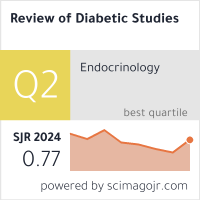Neuropathic Pain: Mechanisms, Epidemiology, And Therapeutic Strategies
DOI:
https://doi.org/10.1900/q59h4986Keywords:
Neuropathic pain, somatosensory system, allodynia, hyperalgesia, central sensitization, neuroinflammation, chemotherapy-induced peripheral neuropathy (CIPN)Abstract
Neuropathic pain, a chronic condition resulting from lesions or diseases of the somatosensory nervous system, significantly impacts quality of life due to symptoms like burning, shooting pain, allodynia, and hyperalgesia . This review synthesizes current knowledge on its epidemiology, pathophysiology, causes, comorbidities, diagnosis, treatment, and future research directions. Affecting 7-10% of the general population, neuropathic pain is prevalent in conditions such as diabetes (20-30%), chemotherapy-induced peripheral neuropathy (up to 90%), and congestive heart failure (CHF). Pathophysiological mechanisms involve ectopic nerve firing, central sensitization, and neuroinflammation driven by microglia and cytokines. Key triggers include diabetes, infections, and chemotherapy, with CHF-linked ischemia as an emerging factor. Diagnosis utilizes tools like the DN4 questionnaire, while treatments include SNRIs, gabapentinoids, and emerging therapies like suzetrigine. Despite advances, refractory cases highlight the need for novel targets, such as Orai1 channels, and personalized medicine approaches. This review emphasizes evidence-based strategies and integrative care to address the global burden of neuropathic pain.
Downloads
Published
Issue
Section
License

This work is licensed under a Creative Commons Attribution-ShareAlike 4.0 International License.


